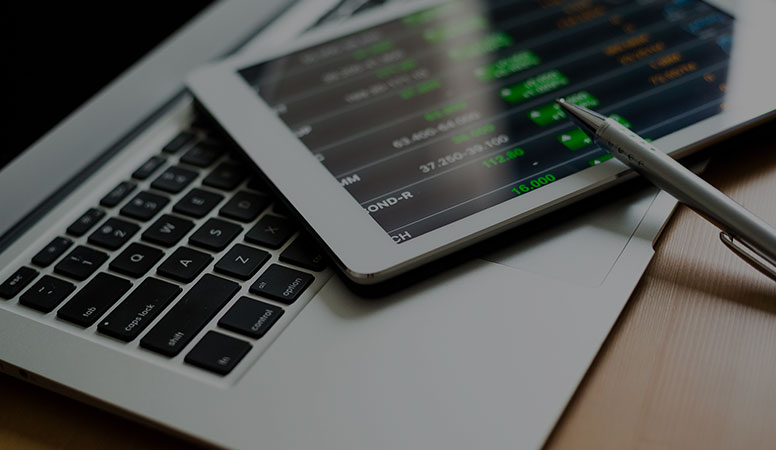An Asset Management System (AMS) is a comprehensive solution that organizations use to track, manage, and optimize their physical and digital assets throughout their lifecycle. These systems are essential for organizations that seek to maximize the value of their assets, ensure compliance, and improve operational efficiency.
The primary purpose of AMS is to increase productivity, ensure consistency, reduce manual effort, and offer transparency into business operations.
Introduction to Asset Management System
An Asset Management System is a software-based platform that helps businesses and organizations monitor and manage assets such as equipment, buildings, inventory, IT devices, and intellectual property. The system enables real-time tracking, maintenance scheduling, depreciation calculations, and compliance with regulatory standards.
Objectives of Thanya’s AMS
- Tracking asset location and usage
- Optimizing asset performance and utilization
- Reducing operational costs
- Facilitating maintenance and lifecycle management
- Improving inventory accuracy and availability
- Enhancing compliance and audit-readiness
Key Features used in Thanya’s AMS
Asset Management Systems can handle various categories of assets:
| Asset Type | Examples |
|---|---|
| Fixed Assets | Machinery, buildings, vehicles |
| IT Assets | Computers, software licenses, servers |
| Inventory | Raw materials, finished goods |
| Digital Assets | CoorDocuments, images, multimedia files |
| Financial Assets | Sends updates, reminders, and engagement messages |
| Reporting Tools | Bonds, investments, capital equipment |
Key Features of an Asset Management System
- Real-time asset location via RFID, GPS, barcodes, or QR codes
- Check-in/check-out processes
- Tracks asset from procurement to disposal
- Helps in planning replacements or upgrades
- Preventive maintenance scheduling
- Work order creation and tracking
- Maintenance history logs
- Tracks stock levels
- Alerts for reordering
- Manages stock movement across locations
- Helps meet regulatory requirements (e.g., ISO 55000)
- Generates audit trails and reports
- Calculates depreciation using various accounting methods
- Integration with accounting/ERP systems
- Role-based access control
- Ensures only authorized users make changes
- Smooth hand-off to onboarding systems
- Digital document submission and workflow initiation
Key Objectives of Thanya’s PMS
- RFID and Barcoding for tracking physical assets
- GPS and IoT for real-time location and condition monitoring
- Cloud Computing for accessibility and scalability
- Mobile Applications for field data entry and access
- AI and Analytics for predictive maintenance and reporting
- Blockchain (in emerging systems) for immutable audit trails
Implementation Considerations
Needs Assessment
Understand what types of assets need tracking and the required level of control
System Selection
Choose between on-premise, cloud-based, or hybrid solutions
Integration
Integrate with ERP, finance, procurement, and HR systems
Data Migration
Import accurate data from legacy systems or spreadsheets
Training & Change Management
Ensure staff are trained and adoption is supported
Maintenance and Support
Regular updates and technical support are essential

